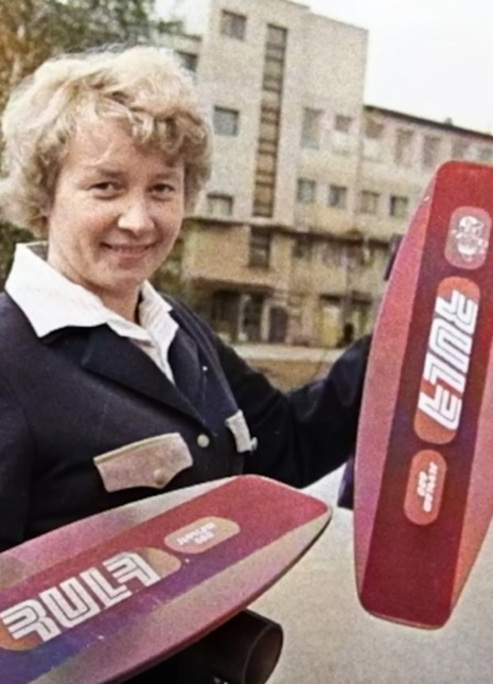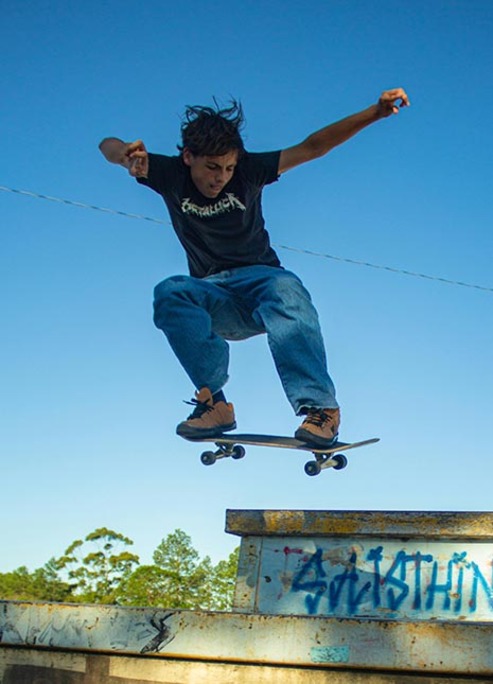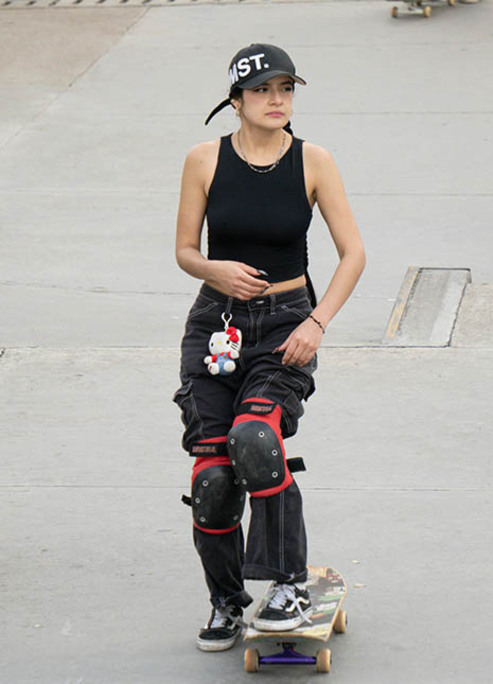The Unseen City: How Turin’s Underground Culture Finds Its Voice Through a Skate Spot
Turin Skate Day ended at Valdo Fusi— under the June sun, with wheels clashing against concrete and a speaker blasting old-school rap. Boards rolled in, kids yelling yoo across the park. A couple landed warm-up tricks. Someone threw a can. A speaker kept glitching. Someone filmed anyway. People gathered fast. Every edge taken.
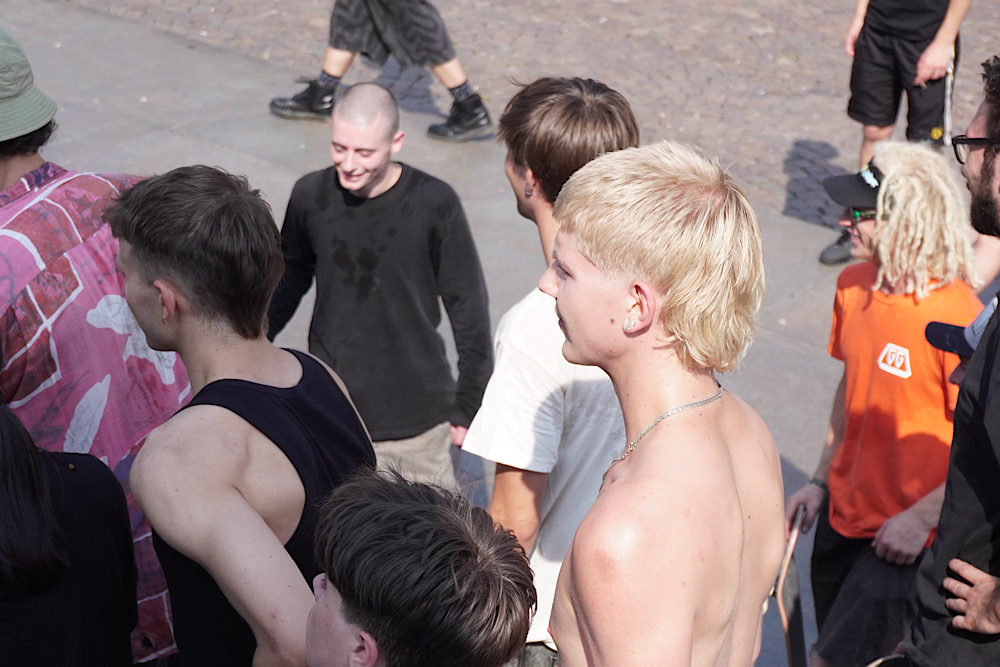
Cash-for-tricks kicked off—someone dropped a kickflip back tail clean on the ledge, and the crowd snapped. Someone else slammed trying a tre flip down the three, got up laughing like it was nothing. It wasn’t a contest, but everything felt like it mattered.
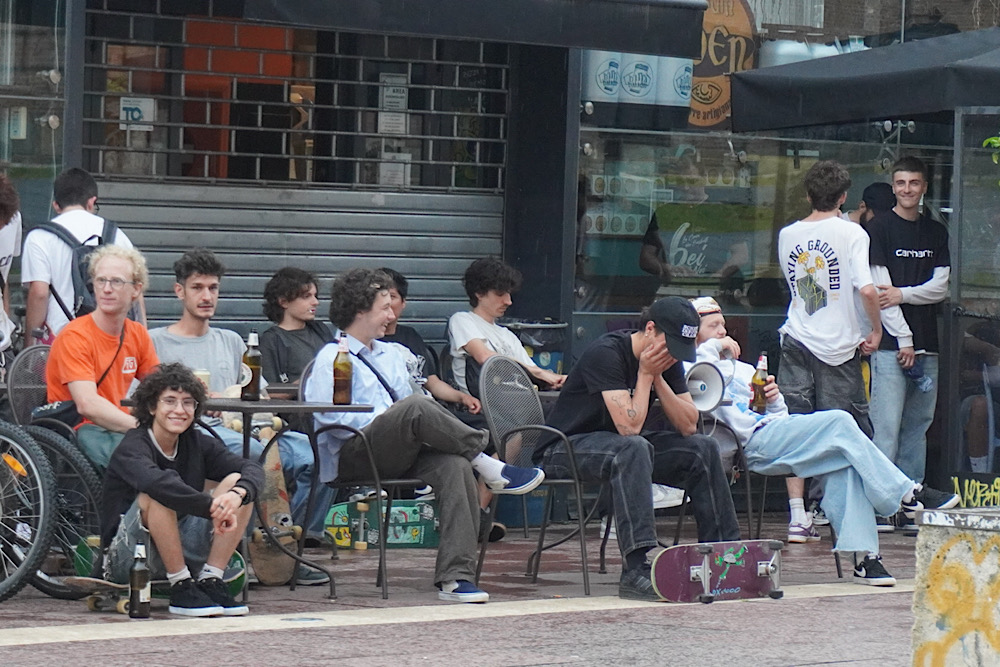
Someone shouted. Someone clapped back. Someone freestyled over the noise. The heat hit hard, but no one cared. You could barely hear the wheels over the music. You could barely tell who was skating and who was just there. It was loud. It was messy. It was alive. The kind of space that invites movement, noise, and presence. The kind that doesn’t need permission. And always—skateboarding at the center of it
But Valdo wasn’t built for this. It’s just a plaza tucked under a bridge, stitched between government buildings and quiet cafés. It was renamed after Valdo Fusi—a young partisan journalist killed during the Resistance. That weight lingers, somehow. The spot feels like it carries memory. But today, its stories are told through grip tape and broken boards.

Skaters made it something else. Over time, it evolved—marked by scratches, stickers, waxed ledges, and stories no city planner accounted for. There are no signs, no rules, no gates. But everyone knows how the place works.
Skaters take turns. Dancers form a loose circle when the speaker shifts tempo. Someone always has rolling papers. Someone always has a camera. There’s a rhythm here that doesn’t come from choreography—it comes from coexistence.
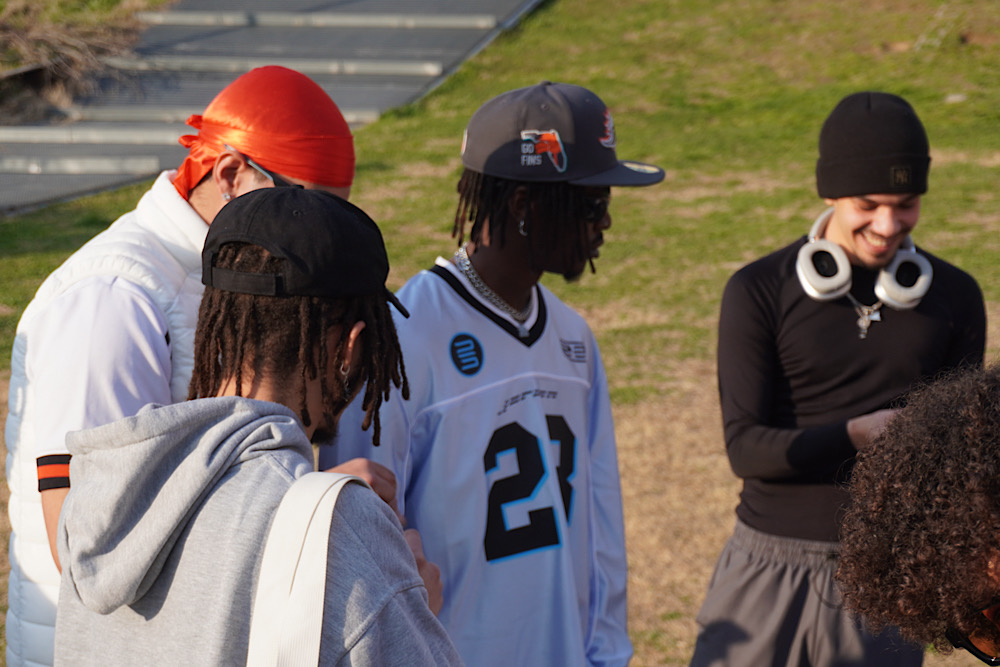
Nowadays, Valdo hits different. Kids pull up with boards, speakers, beers. It lets you be. No pressure, no performance. Skate, rap, draw, chill, laugh, sit, disappear. No one cares, but somehow everyone’s together.
You don’t need a reason to be here. Just show up. Watch. Do your thing. Or don’t. Either way—you’re part of it.
Skateboarding, graffiti, street dance, freestyle—everything blends. No rules. No schedule. Just a flow. It’s loose. It’s loud. It’s real. Spaced out in a way you can’t stage. People come and go like light shifting across the ledge. Not to prove anything. Just because it feels better here.
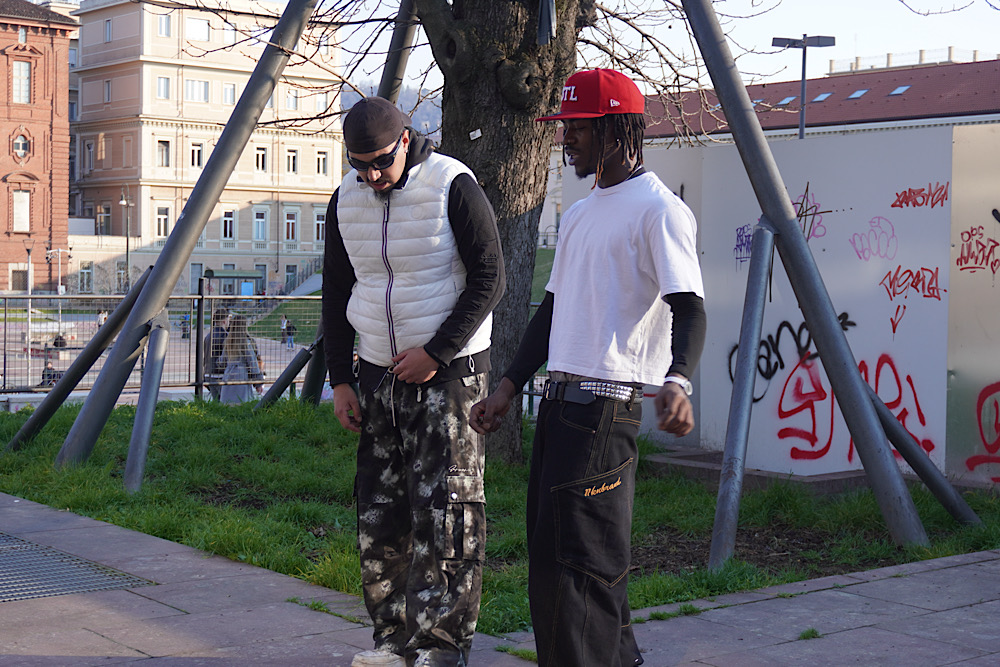
You won’t find Valdo on a postcard. Or a travel blog. Or in some curated “best-of-Turin” reel. But this is where the city breathes.
Not in the baroque churches or riverside views— but here, under the bridge, where things move without permission. Where kids repurpose concrete. Where sound systems crackle. Where stories get sprayed on walls, not written in books.

Turin doesn’t advertise this version of itself. But it’s real. It’s moving. It’s in abandoned warehouses turned music labs. In alleyway murals layered like palimpsests. Friends filming tricks on cracked sidewalks outside the city center.
Skateboarding doesn’t try to define it. But it carries it—across bridges, across scenes, across time.
Valdo isn’t just a skate spot. It’s a gathering point. A crack in the surface. A place where Turin’s underground culture rises to be seen. And it’s skateboarding that keeps the pulse alive.


